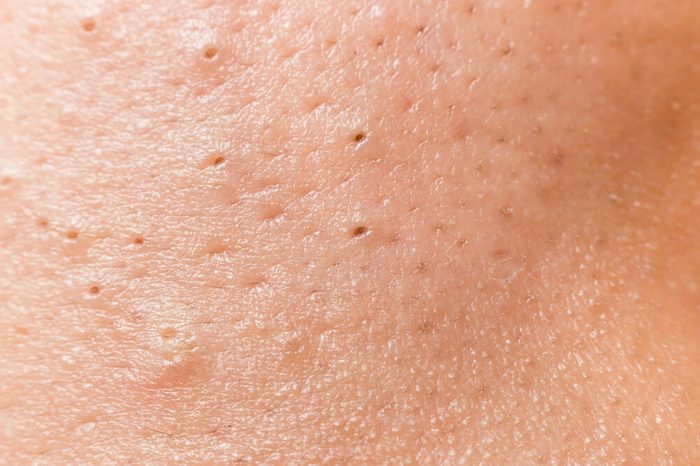
Know the enemy
The first step toward getting rid of blackheads is understanding exactly what you’re dealing with. Blackheads are a type of acne that forms when a pore is clogged with oil or dead skin cells. “Most people don’t know that it turns black because the content of the congested pore gets exposed to oxygen, so it oxidizes and darkens,” explains Biba de Sousa, an aesthetician in Beverly Hills.
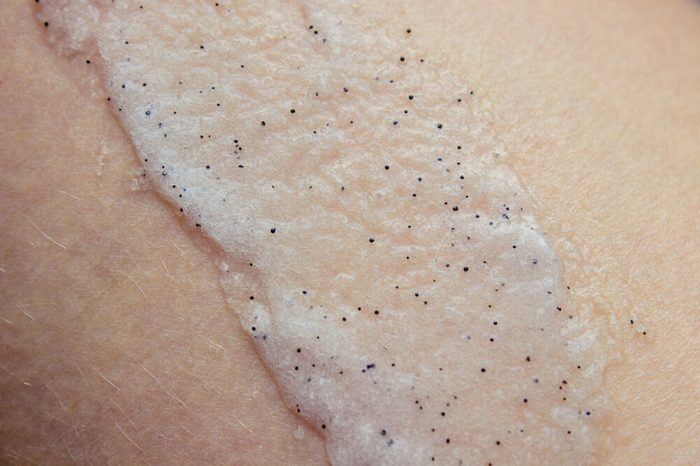
Swap harsh scrubs for cleansing grains
Physical exfoliants use particles such as nut shells, sugar, salt, or beads to mechanically slough away dead skin cells. But you can irritate your skin by choosing overly abrasive formulas and applying too much pressure. That doesn’t mean you have ditch physical exfoliants altogether, however. Instead, just choose gentler alternatives. “I’m a fan of mechanical exfoliation with rice powder,” says Debra Jaliman, MD a board-certified dermatologist in New York City. “Unlike rough formulas, gentle cleansing grains will polish away dirt, oil, impurities, and dead skin cells and flush out pores, without causing irritation.” These are the best face washes for acne for every stage of your life. Try: Rice Bran Enzyme Powder Wash or Plant Rice & Clean Facial Cleanser.
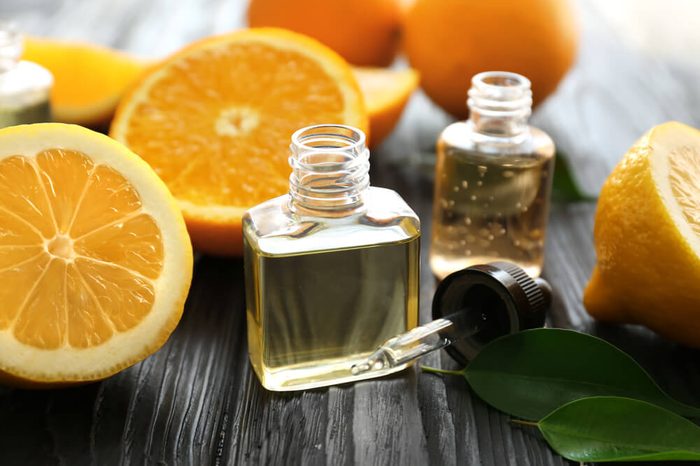
Beware of “skin gritting”
“Skin gritting” is the blackhead-removing phenomenon that has taken social media by storm. It starts by massaging skin with oil, applying a clay mask, and then going in with oil a second time. “People post photos of little black bits ‘extracted’ from skin gritting, but it’s unclear if those are actually blackheads or just dead skin mixed with clay,” says David E. Bank, MD, director of The Center for Dermatology, Cosmetic & Laser Surgery, Westchester County, New York. “The method isn’t unsafe, but the clay and the double cleansing can strip the skin of moisture.”
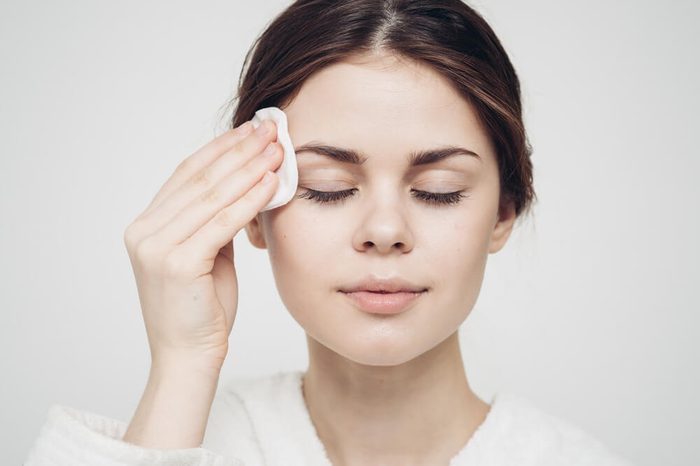
Use daily treatment pads
Many people—especially those with sensitive and acne-prone skin—tend to stay away of chemical exfoliants, not realizing that they can actually be gentler than scrubs. According to de Sousa, daily treatment pads with alpha-hydroxy acids (AHAs) or beta-hydroxy acids (BHAs) are a must-have to get rid of blackheads. Find out other daily habits of people who never get acne. Try: Cane + Austin Acne Retexture Pads, Dr. Dennis Gross Skincare Alpha Beta Peel Extra Strength Daily Peel, or M-61 PowerGlow Peel.
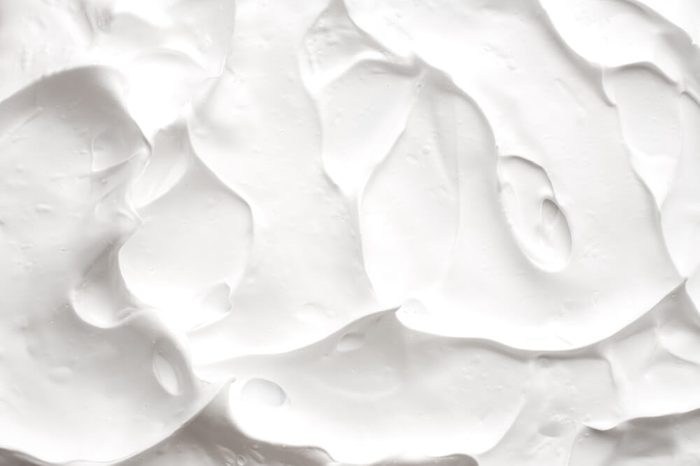
Reach for a topical retinoid at night
Beyond its blemish and wrinkle-fighting abilities, topical retinoids encourage cellular turnover, decongest pores, and prevent the formation of future blackheads. Keep in mind that retinol can cause photosensitivity, so best to choose a nighttime formula and use a broad spectrum SPF 30+ in the morning. Need help finding a formula? Here are 13 sunscreens top dermatologists actually use on themselves. Try: Cosmedica Skincare 2.5% Retinol Facial Night Cream, Kate Somerville RetAsphere 2-in-1 Retinol Night Cream, or Origins High Potency Night-A-Mins Mineral-enriched Renewal Cream
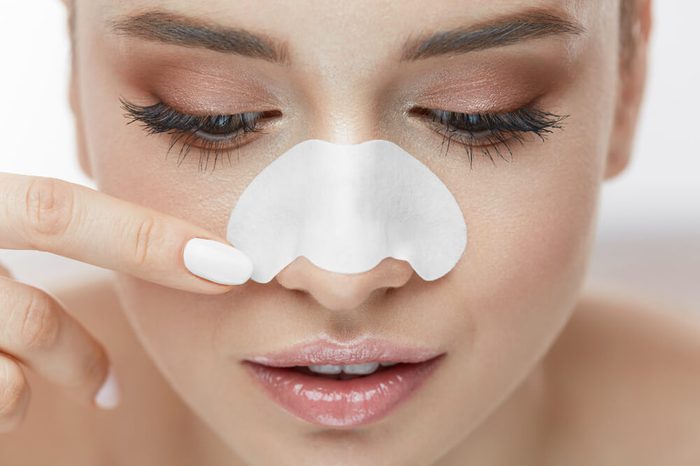
Be careful with pore strips
There’s something so gratifying about pulling off a pore strip and seeing it speckled with little black dots, but the effects are temporary. “Pore strips will remove existing blackheads from the pores, but they are not going to do anything to prevent future blackheads,” says Dr. Bank. He also warns that pore strips do use a potent adhesive that can irritate sensitive skin. These are the rules for sensitive skin you need to know about.
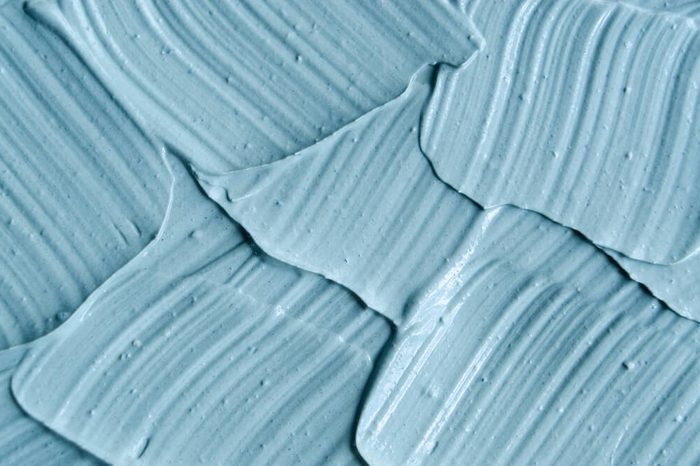
Try a clay mask
“There are clay masks that help with blackheads, and they can be used weekly,” says Dr. Jaliman. Bentonite clay is a powerful detoxifier known for its unparalleled skin-clearing superpowers. This mineral-rich ingredient addresses what the Mayo Clinic names as the four main causes of acne—oil production, dead skin cells, clogged pores, and bacteria. When the clay is mixed with water and applied to the skin, it acts like a magnet, drawing impurities (blackheads) out of pores. Plus, its mild exfoliating effect helps lift away dead skins cells. Here are recipes for DIY acne face masks that really work.
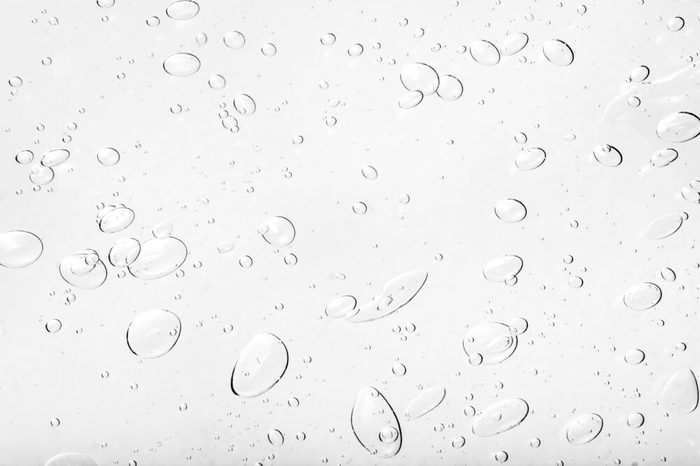
Slather on salicylic acid
Looking for a long-term solution for ridding your skin of blackheads? Salicylic acid works to dissolve gunk that’s stuck in pores. Luckily, you don’t need a prescription to reap its blackhead-eradicating benefits. “Using a daily salicylic acid cleanser can help keep the pores clearer and prevent new blackheads from forming,” says Dr. Bank. Try: PCA Skin Acne Gel or The Ordinary Salicylic Acid 2% Solution. Natural beauties will love Sunday Riley U.F.O. Ultra-Clarifying Face Oil.
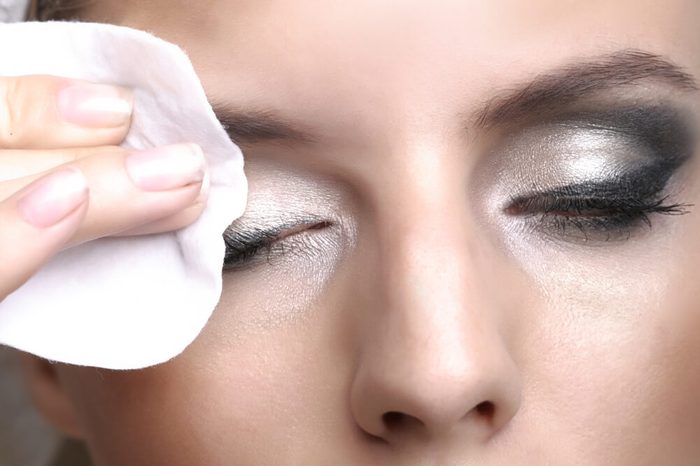
Always take off your makeup
A little prevention goes a long way. “In order to get rid of blackheads for good, you need to prevent them from forming,” explains de Sousa. One of the biggest pore-clogging culprits? Sleeping in your makeup. Stock up on cleansing oil like Boscia Makeup-breakup Cool Cleansing Oil or Erborian Black Cleansing Oil, to wash away makeup residue, gunk, and grime.
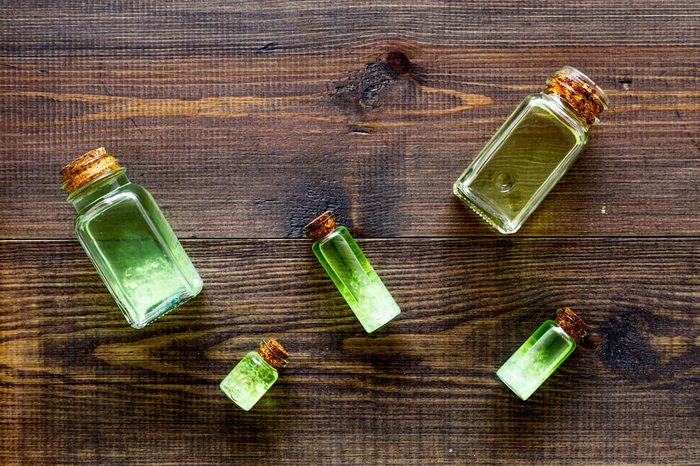
Consider tea tree oil
Tea tree oil has antibacterial and anti-inflammatory properties that make it a savior for unblocking sebaceous glands, combating breakouts, and banishing blackheads. For a DIY toning tonic, mix a few drops of tea tree essential oil, apple cider vinegar, and filtered water. Use a cotton ball to apply it to the affected area. Follow with moisturizer. Don’t miss these other home remedies for acne.
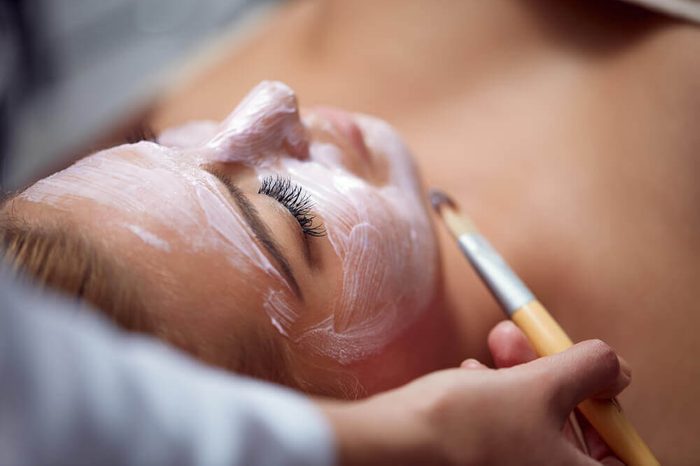
Skip at-home extractions
While it’s certainly tempting to grab an extracting tool and magnifying mirror, and get up close and personal with your pores, resist the urge. Instead, schedule an appointment with a professional. Experts have the right tools and training to extract those pesky pore intruders without doing damage to your skin. “Medical facials are very important in acne treatment because the face is steamed to open pores and both blackheads and whiteheads are removed,” says Dr. Jaliman.
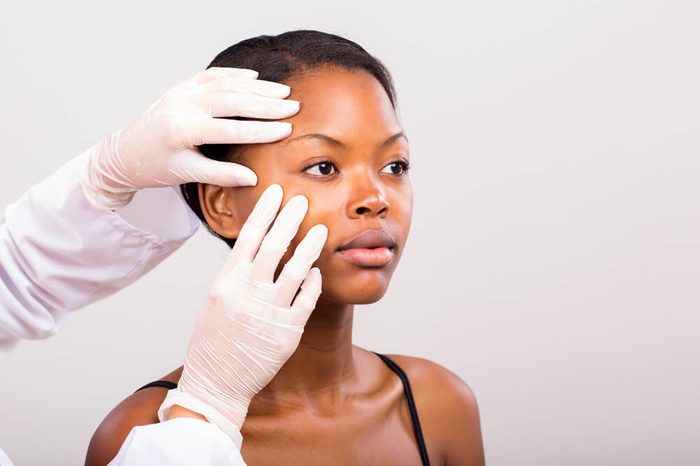
Schedule an appointment with your derm
As with most complexion concerns, the key to get rid of blackheads may lie with your dermatologist. Your doctor can write a prescription for retinoids (if OTC retinol options haven’t worked) or suggest an in-office treatment, such as a chemical peel or Isolaz, an FDA-approved multi-session therapy that combines light and pore suctioning. Familiarize yourself with the 17 tips dermatologists follow themselves.
